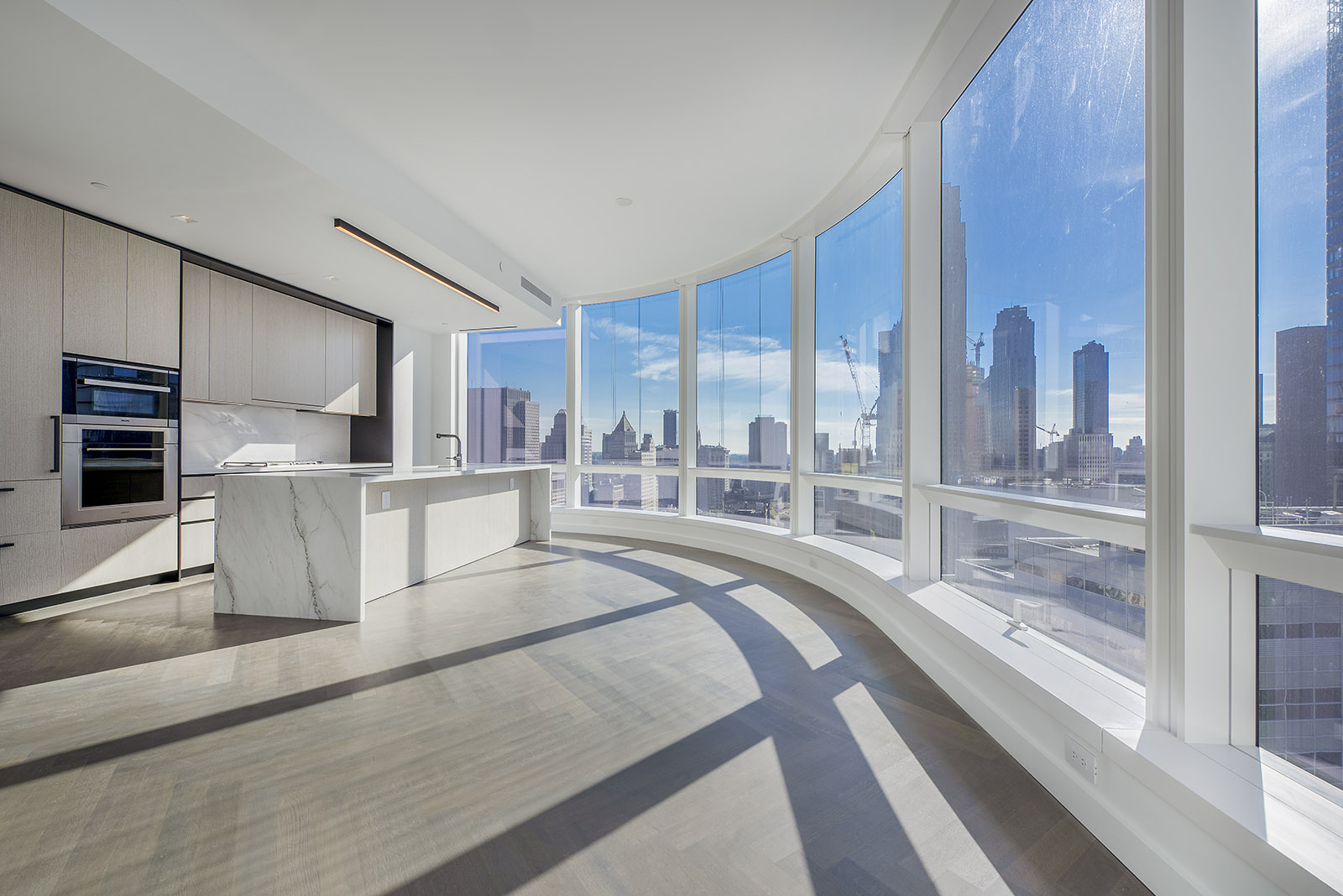Table of Contents Show
There are many benefits to purchasing a new construction condominium. You are moving into a never-live-in apartment with the latest and most fabulous finishes and appliances. However, it would help if you still scrutinized the condo. You are bound to find defects and issues you want to take care of before moving in, even if these are minor. Therefore, as per standard practice, we advise you to verify a “punch list” or a checklist of things you want the sponsor to address and fix, ideally before closing on your newly constructed apartment.
Typically, if the punch list is incomplete before closing, they will have reasonable time to correct it according to most contract terms.
Sponsor/Developers ObligationsSponsor/Developers Obligations
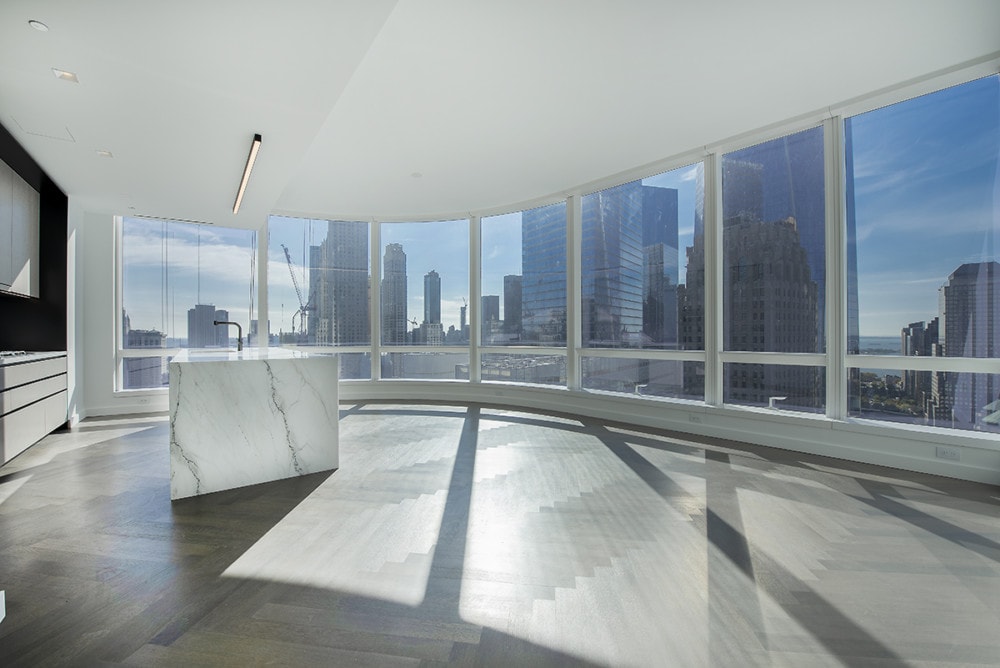
The sponsor is not legally obligated to fix any defects and issues, providing the unit meets the building code per the offering plan. Still, most contracts contain language regarding punch lists, particularly when a large developer is involved.
Depending on the apartment’s size, process, and amount of items on a punch list, we recommend not closing unless the punch list is reasonable in size. To bigger punch list can lead to much frustration; if you have moved into your new apartment only to deal with contractors coming and going. That would be less than ideal.
Typically, sponsors only include “commercially reasonable” language in the contract. Such language is vague and makes it even more important to create a punch list. Ideally, your entire inventory is completed to your satisfaction upon inspection when you do your final walkthrough.
The Walk-ThroughThe Walk-Through
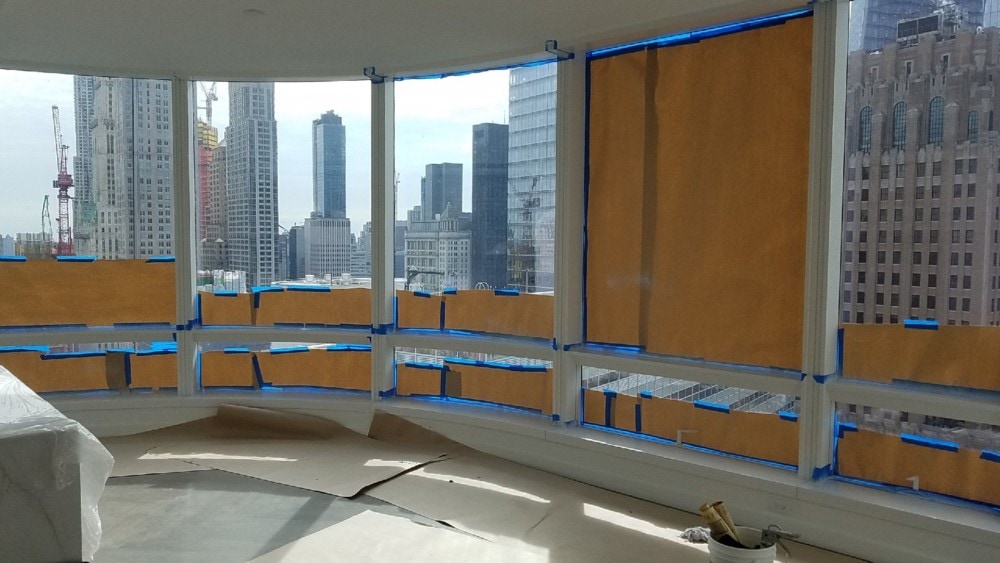
Before you walk into your newly constructed apartment, check the common area to make sure everything is in the right order, and then ring your doorbell to make sure it works. Then, you should check that everything is in good working order and the proper condition in your walk around the unit. Cracked windows are visible, but they should open and close smoothly and lock. The windows also need to be adequately sealed. The wood floors should not have scratches while the carpets are stain-free. You can also visually check that the moldings and trim are supposed to be and look right. Finally, the tiled floors should not have any scratches or other blemishes.
You should ensure you are happy with the paint job by checking for nicks, scratches, and a bad finish, but do not forget to look in hidden places, including closets. Beyond the paint job, the walls should not contain any dents.
Open and close the doors to ensure you can do so smoothly, and watch for “stickiness.” in the front door, which you should make sure locks and unlocks appropriately.
Look out for in the kitchen.Look out for in the kitchen.
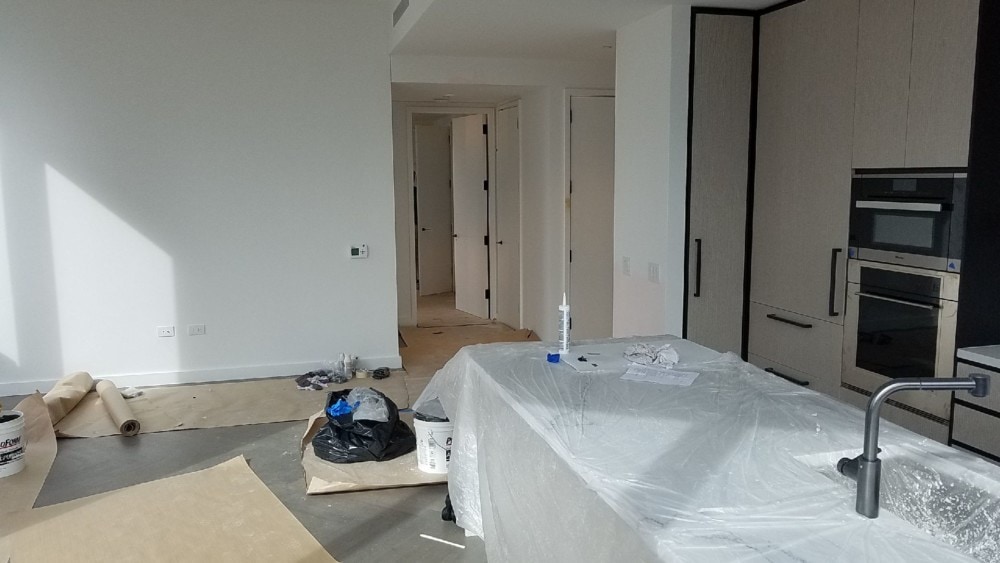
The cabinets and countertops need checking. Not only should these function properly, but you need to ensure they are not damaged. For example, certain materials look nice but are known for scratching easily. Also, inspect carefully for chips or cracks which might’ve happened during installation. It is an easy fix, but the cabinet hardware should be present but installed correctly, which you can tell through opening and closing.
The sponsor might have promised various options, such as garbage disposal, alarm, and intercom. If your unit comes with a fireplace, start it up.
Make your Punch List ChecklistMake your Punch List Checklist
You can make your list with a pen and paper, notepad if an iPhone user, or print and use ours below. It is important to document it and forward the punch list to your attorney before your closing day. The sponsor should account for all of the unit’s keys. It is easy for these items to get misplaced since you likely will not see the contractors, but you want the instruction manuals and warranties.
ElectricalElectrical
You do not have to be an electrician to check the electricity. You can quickly check the receptacles by plugging in your charger. The sponsor should have ensured that the plates were installed correctly and screwed nicely and tight. Similarly, you can check the ceilings fans and lights by flipping all the switches on and off. It may seem minor, but you should verify the switches and receptacles are the right color.
A ground-fault circuit interrupter (GFCI) is an outlet that protects people from electrical shock — found in the kitchen and bathroom. There is a test and reset button built-in, making it easy to make sure it works. For example, testing the telephone jack requires you to bring your phone. Similarly, you will need your laptop to check the network jacks.
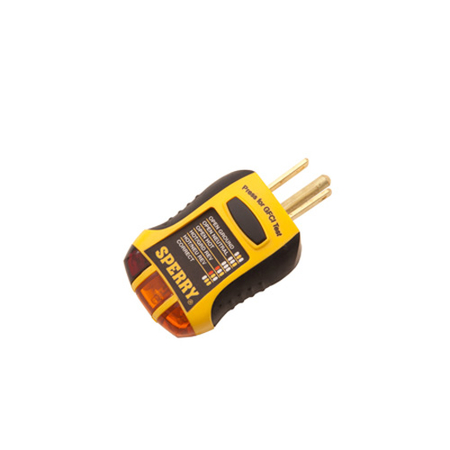
Electrical checklistElectrical checklist
- Receptacles: You can quickly check the electrical sockets by plugging in a phone charger.
- Switches and receptacles: See that these are the right color.
- Plates are installed and screwed in nice and tight.
- Ceilings, fans & lights: Flip all the switches on and off.
- Ground-fault circuit interrupter (GFCI): A built-in test and reset button makes it easy to ensure it works. An outlet that protects people from an electrical shock is typically found in the kitchen and bathroom.
- Network jacks: You will need your laptop to check the network jacks.
PlumbingPlumbing
You should go around to each bathroom and flush the toilets. Then, turn on the faucets and check the hot and cold water. It would help if you did this in the kitchen, bathroom sinks, and tub. It also lets you check the water pressure to see if it is to your liking.
- Toilets: Go around to each bathroom and flush the toilets.
- Faucets: Turn these on and off, checking the hot and cold water. Simultaneously, you check the water pressure to see if it is to your liking.
AppliancesAppliances
When you take your tour and make your list, use this opportunity to turn them on and off, including the dishwasher, washing machine, and dryer. Try the oven, too. Do not forget the refrigerator. You want to make sure the freezer works and all the items that come with it, such as an ice cube maker and any fancy bells and whistles.
- Dishwasher
- Washing machine
- Dryer
- Oven
- Refrigerator: Try out the freezer, ice cube maker, and any fancy bells and whistles.
A/C and HeatA/C and Heat
You do not necessarily think about one of these items in a particular season. But try out the entire HVAC system. You can see that both the heat and air conditioning work and how long it takes for each to come on.
- Heat
- Air conditioning
Common AreaCommon Area
- Doorbell: Ring to make sure it works
- Windows: Check for cracks and that it opens and closes smoothly and locks appropriately. Inspect that it is sealed correctly and that there are no drafts.
- Wooden floors: Check for scratches and damage
- Carpets: Stain-free, installed properly
- Base and Crown Moldings: Molding and trim
- Tiled floors: These should not have any scratches or other blemishes
- Paint: Look for nicks, scratches, and a bad finish
- Walls: No dents
- Doors: All doors should open and close smoothly, and the lock should work correctly.
- Cabinets: Check for damage; make sure the hardware is attached.
- Countertops: Look for scratches and cracks.
- Other options: Garbage disposal, alarm, intercom, and fireplace.
- Keys: The sponsor should account for all of the apartment keys.
- Instruction manuals and warranties
